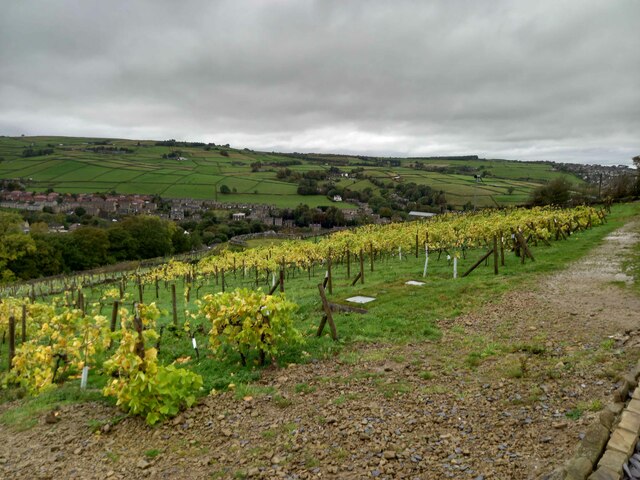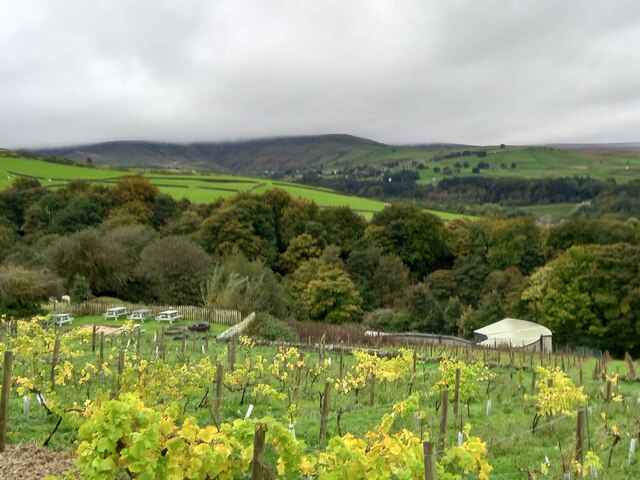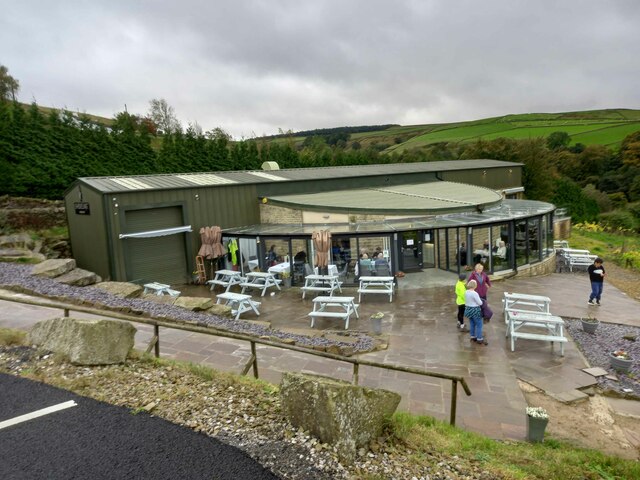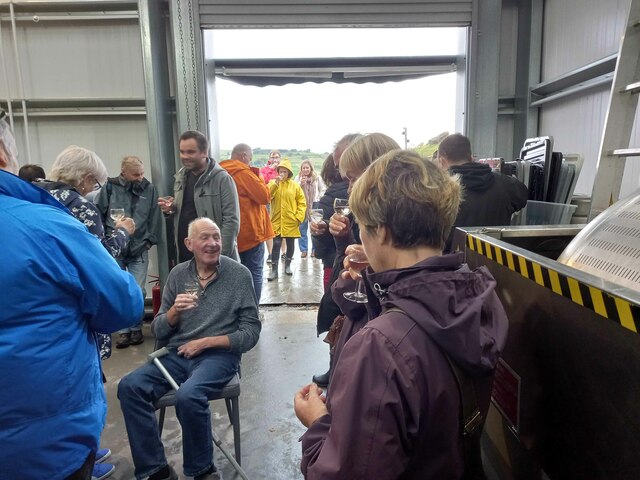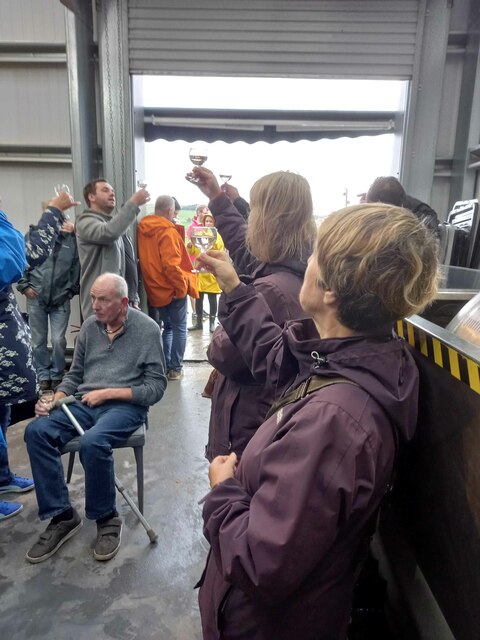Dover Wood
Wood, Forest in Yorkshire
England
Dover Wood
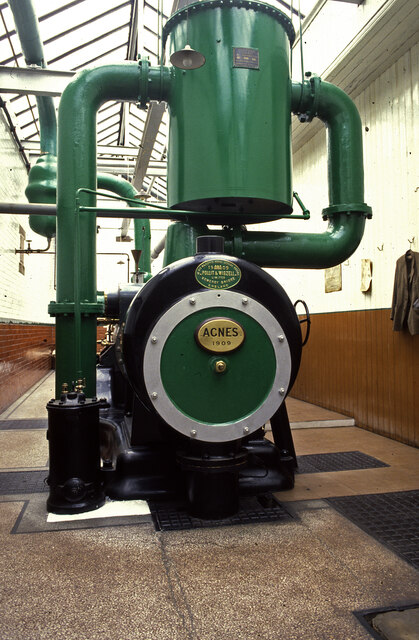
Dover Wood is a picturesque forest located in Yorkshire, England. Covering an area of approximately 500 acres, it is a well-preserved natural habitat that offers a serene and enchanting experience for visitors. The wood is situated near the town of Dover, which gives it its name.
Dover Wood boasts a diverse range of flora and fauna, making it a haven for nature enthusiasts and wildlife lovers. The forest is primarily composed of broadleaf trees such as oak, beech, and ash, which create a dense canopy that provides shade and shelter to the woodland floor below. This lush undergrowth is home to a variety of plant species, including bluebells, ferns, and mosses, adding to the woodland's natural beauty.
The wood is also teeming with wildlife, making it a popular spot for birdwatchers and animal sightings. Visitors might catch a glimpse of native species such as red squirrels, roe deer, and various songbirds. The tranquil atmosphere and abundance of natural resources make it an ideal habitat for these creatures.
For those seeking outdoor activities, Dover Wood offers a network of well-maintained walking trails, allowing visitors to explore the forest at their own pace. The paths wind through the woodland, offering breathtaking views and opportunities to observe the local wildlife up close.
Overall, Dover Wood is a stunning example of Yorkshire's natural beauty. With its dense foliage, diverse wildlife, and well-kept trails, it is a must-visit destination for anyone looking to immerse themselves in the serenity of nature.
If you have any feedback on the listing, please let us know in the comments section below.
Dover Wood Images
Images are sourced within 2km of 53.559746/-1.7822572 or Grid Reference SE1407. Thanks to Geograph Open Source API. All images are credited.

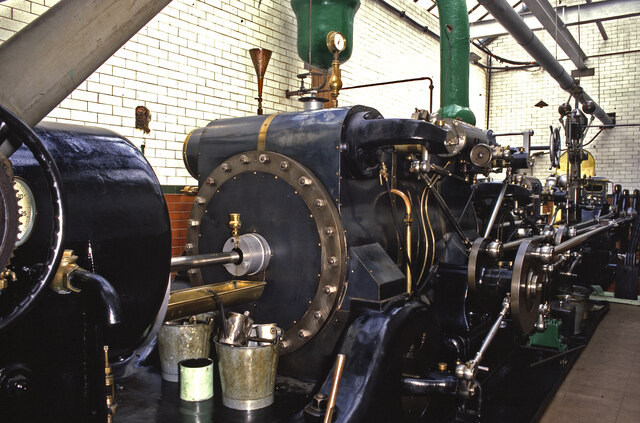
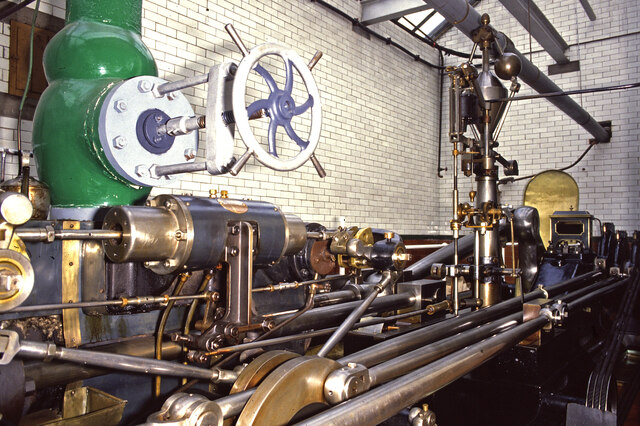
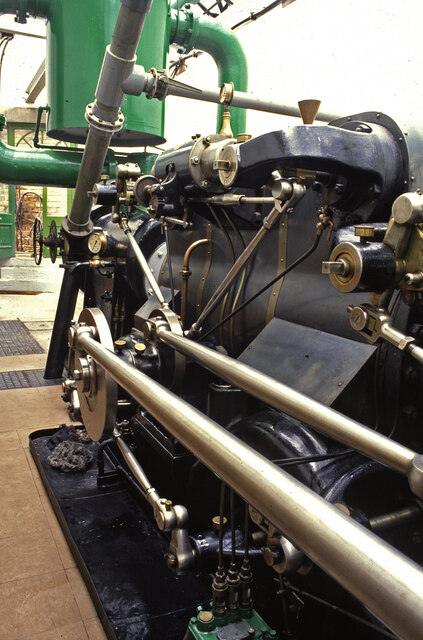
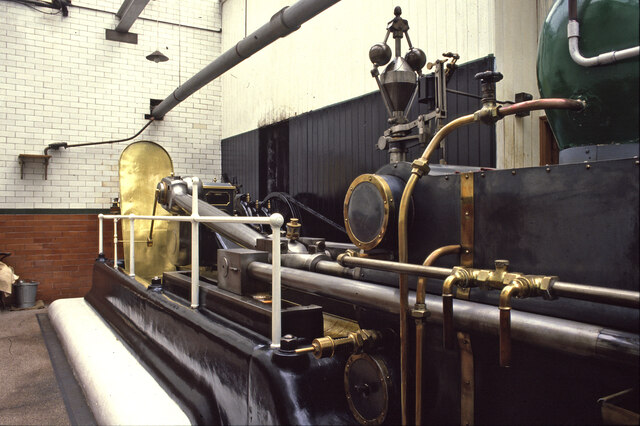
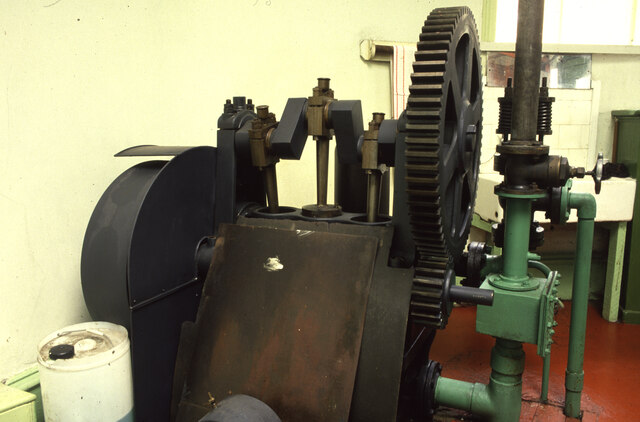
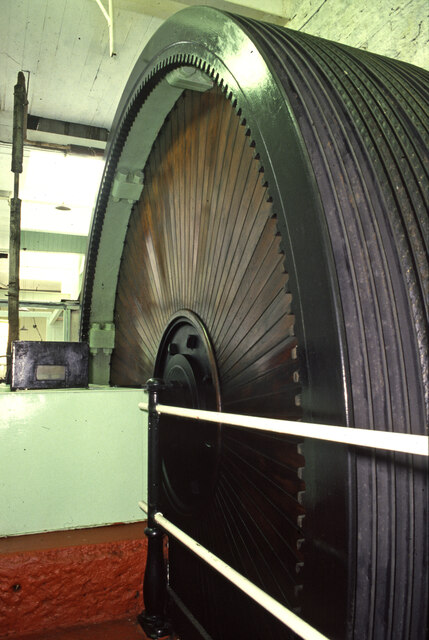
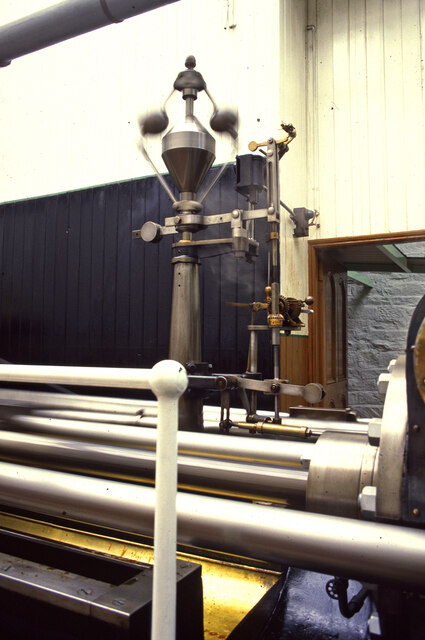
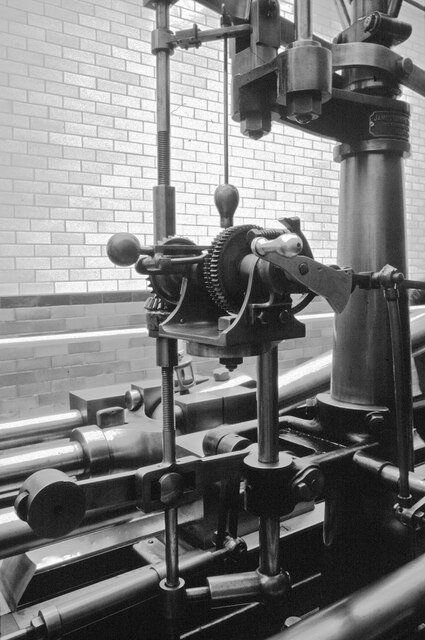
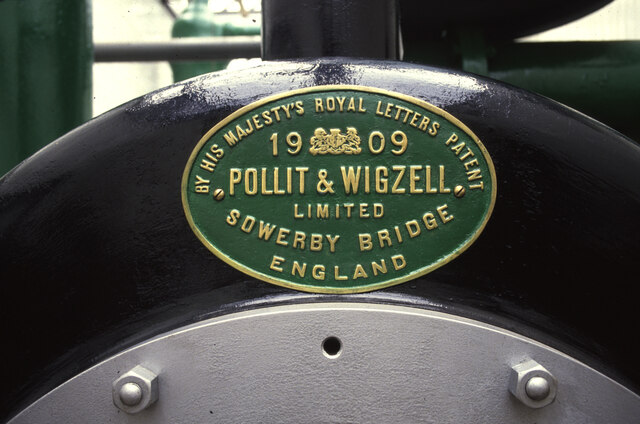
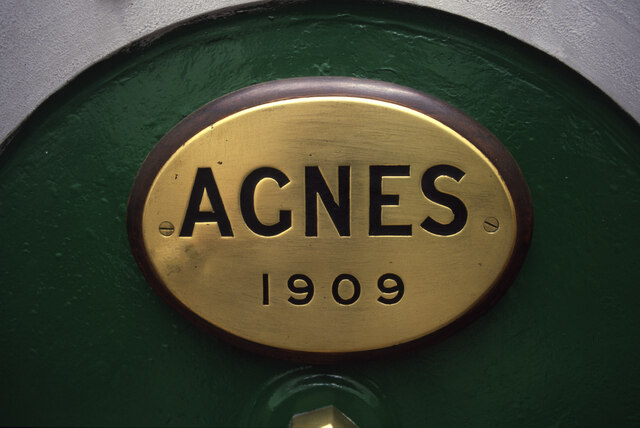
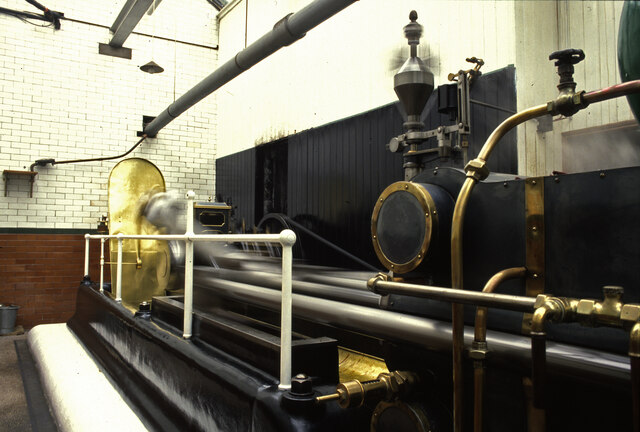
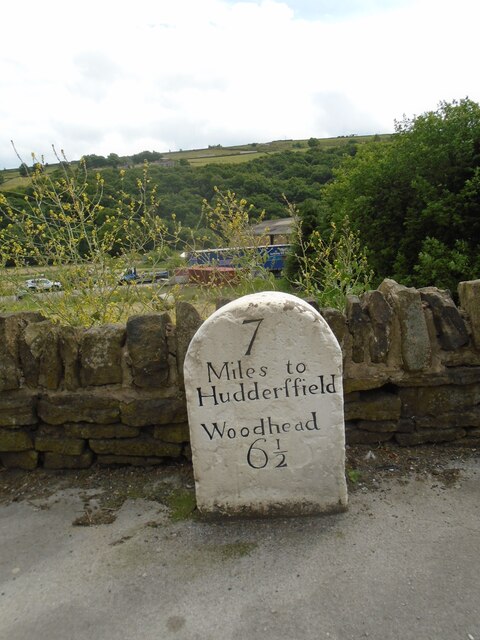
Dover Wood is located at Grid Ref: SE1407 (Lat: 53.559746, Lng: -1.7822572)
Division: West Riding
Unitary Authority: Kirklees
Police Authority: West Yorkshire
What 3 Words
///darker.warm.consonant. Near Holmfirth, West Yorkshire
Nearby Locations
Related Wikis
River Ribble, West Yorkshire
The River Ribble is a minor river running through the town of Holmfirth in Kirklees, West Yorkshire, England. Rising at the outflow of Holme Styes Reservoir...
Arrunden
Arrunden is a hamlet in the civil parish of Holme Valley, West Yorkshire, England. It is 1.3 miles (2.1 km) south-southwest of Holmfirth. == External... ==
Holy Trinity Church, Holmfirth
Holy Trinity Church, Holmfirth is an Anglican church in the town of Holmfirth in West Yorkshire, England. Holmfirth's chapelry historically covered townships...
Holmfirth
Holmfirth () is a town in the Metropolitan Borough of Kirklees, West Yorkshire, England. It is located 6 miles (9.7 km) south of Huddersfield and 14 miles...
Nearby Amenities
Located within 500m of 53.559746,-1.7822572Have you been to Dover Wood?
Leave your review of Dover Wood below (or comments, questions and feedback).
